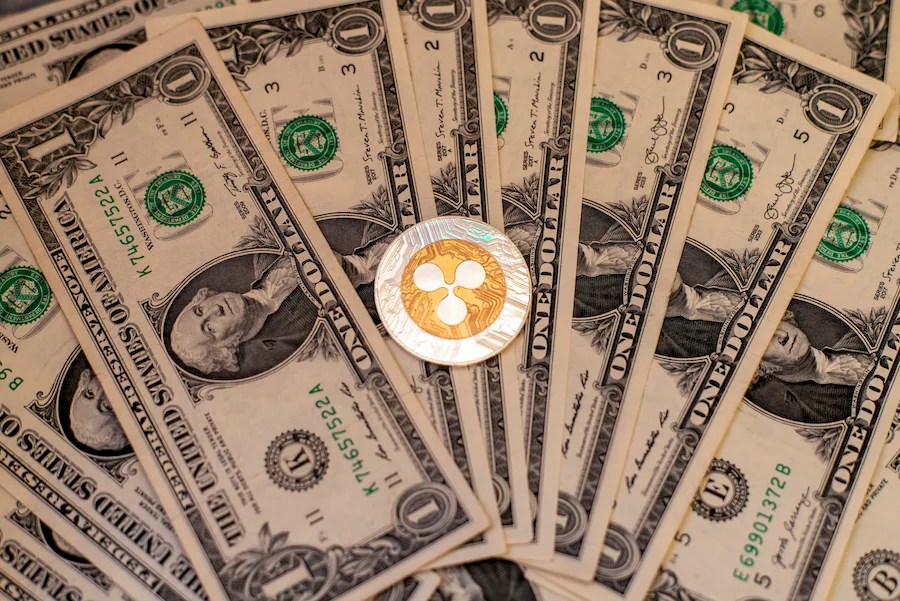Blockchain payments technology company Ripple is set to partner with Colombia’s central bank, Banco de la República. They aim to research potential applications of blockchain technology within Colombia, a significant development in South America’s adoption of this technology.
This collaboration will also involve the Ministry of Information and Communications, as they plan to test possible ways to augment the country’s high-value payment system utilizing Ripple’s Central Bank Digital Currency (CBDC) Platform.
Probing Blockchain Potential For High-Value Payment System
The partnership was not a spur-of-the-moment decision. According to Joe Vollono, a director of CBDC business development at Ripple, discussions with the Colombian central bank have been ongoing for over a year. To drive this project forward, a pilot phase will be implemented with the assistance of Peersyst Technology, a Spain-based blockchain firm.
Vollono explained in an interview the core focus of their exploration. According to Vollono, the high-value payment system usually includes extensive wholesale payments, real-time gross settlement (RTGS) systems, and related financial procedures and infrastructure.
Implementing distributed ledger technology like the blockchain could significantly benefit these systems and operations. Vollono noted:
When we’re talking about the high-value payment system, what we’re generally referring to is large scale, wholesale payments, RTGS systems, and related financial operations and infrastructure that might benefit from leveraging distributed ledger technology.
Ripple’s Involvement In Global Monetary Authority Collaboration
According to the announcement, while the potential to increase speed is a promising aspect of this exploration, the ultimate objective of these efforts is the reduction of costs. Ripple has outlined that this project will continue until the end of 2023. Importantly, the company assured that tests would be carried out in a controlled environment, ensuring no resources would be compromised.
Ripple has a track record of working with monetary authorities worldwide, including regions such as Hong Kong, Montenegro, Bhutan, and Palau. Vollono highlighted one of the principal advantages of exploring blockchain technology for high-value payments:
One of the advantages of the reasons to explore this technology for high value payments is around the infrastructure and the idea that this these transfers can be done with finality, speed and scale in a way that existing infrastructure may not provide for the same flexibility.
Furthermore, this venture marks an important step in adopting blockchain technology in South America, positioning Colombia at the forefront of this innovation. Meanwhile, it is worth noting that this news comes as Ripple continues its legal crossfire with the U.S. Securities and Exchange Commission (SEC).
Regardless of the predicament, yesterday, Bitcoinist reported that the blockchain payments firm has continued to expand its operations in Europe and Asia, According to Ripple’s managing director for Europe and the United Kingdom, Sendi Young, the company’s growth in Europe and other markets is a “testament to the progressive regulatory oversight there.”
Meanwhile, XRP has been in a bearish trend in the past week, down by 8.3%. The asset has a trading price of $0.480683, down by 5.3 in the last 24 hours at the time of writing.
Featured image from Unsplash, Chart from TradingView
